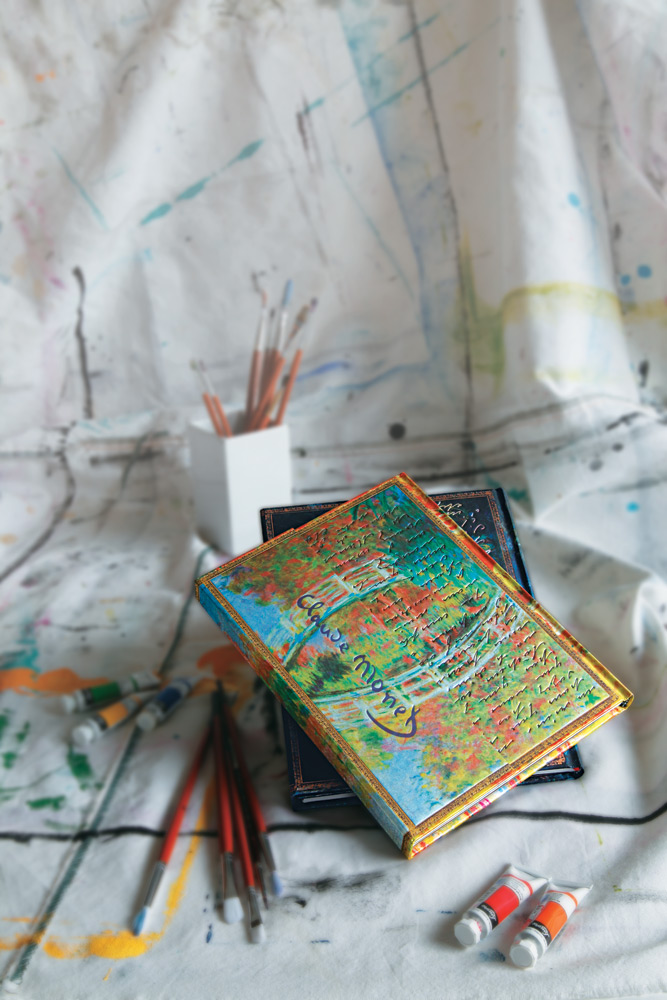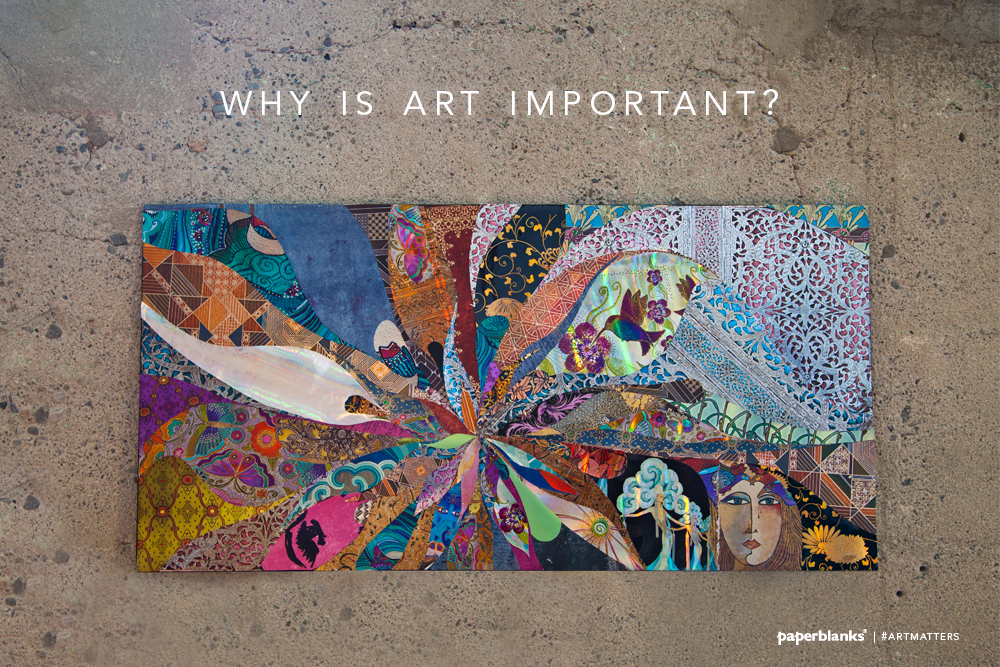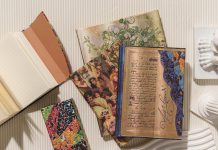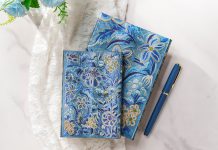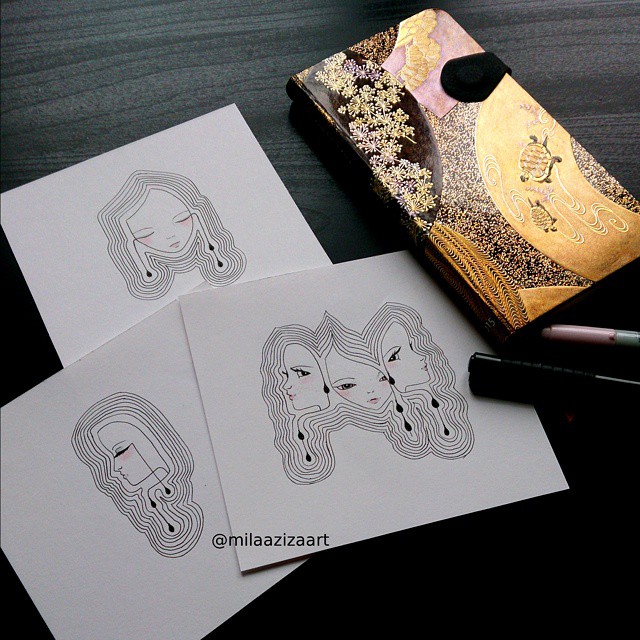Why is art important? How you answer this question likely is a strong indication of why you have chosen to create art yourself. As with any pursuit, the world of visual art is made up of a wide variety of individuals and personality types. However, there are a few overarching characteristics that can be used to sort creative people into some standard archetypes. Why you create art will help you answer which type best describes you as an artist.
Artist as Healer
Art therapy exists for a reason. The creation and experience of a work of art can be highly emotional, and can help heal both the artist and the viewer. If you use your art to express your own pain or to capture the deep hurts of the world, you likely fall into the Artist as Healer category. Whether you have consciously decided to use your creativity to heal the wounds of yourself and others or whether these emotionally charged works come instinctively, by crafting pieces that speak to the very heart and soul of humanity you’ve entered into the realm of healing as an artist.
ISFP Personality Type – The Sensitive Artist
In 1921 Swiss psychiatrist Carl Jung wrote the “Psychological Types,” in which he divided all people first into two categories, “perceiving” and “judging.” From there, personality types are further subdivided into the “sensation” and “intuition” perceiving functions and the “thinking” and “feeling” judging functions. The subdivisions go further from these main categories, allowing for a total of sixteen unique personality types. Each of these types is recognised by a four-letter acronym, and in the case of the ISFP Personality Type (the Artist), the letters represent Introversion, Sensing, Feeling and Perception. This type of artist is aesthically inclined yet very sensitive and rather introverted, never seeking to be the centre of attention. These types of artists desire freedom to express and create while living harmoniously and generously with others. If you find yourself compelled to make art but not in it for the fame or accolades, you likely fall into the ISFP Artist archetype. People who share this personality type with you include Paul Gauguin, Auguste Rodin, Steven Spielberg, Wolfgang Amadeus Mozart and Doris Day.
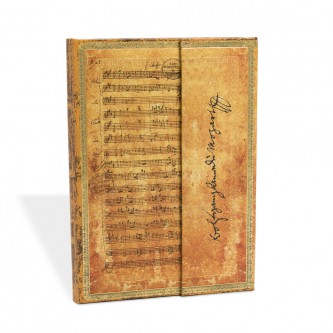
Artist as Oracle
The above artist types tend to focus on the “now,” but what about artists who create with a desire to represent the future or what could be? These artists often function as an oracle for society and likely don’t even realise they are doing so. The author version of this would be a science-fiction writer, but the difference here is that those individuals tend to deliberately set out on a path to show us what the world could one day look like. Visual artists who fall into the oracle category, however, likely live their lives and create their art without ever sensing the predictive aspect of their work. By reflecting society’s norms and humanity’s current struggles through a new lens, oracle-type artists help to create a new path for not just the artistic form but for our culture in general. These people are often on the cutting edge of artistic movements and while their work may seem a bit too avant-garde, today their pieces will be admired and studied for years to come.
Artist-Scientist
The Artist-Scientist is an early personality type developed by Carl Jung. Before Jung had the categorisation of people down to the science of acronyms, he developed a series of archetypes that could be used to explain the personal experiences of all individuals. The Artist-Scientist, while not one of his more commonly referenced archetypes, represents a person who suffers from the dichotomy of being pulled in both highly creative and rigidly rational directions. If you find yourself compelled to create art but don’t fit into any of the common stereotypes associated with creative types (e.g., sensitivity, free-spiritedness and spontaneity), you may be an Artist-Scientist. These types of artists focus on reality in the works they create, centring on a single character or idea and with no patience for fantastical elements. This, of course, doesn’t mean they are not forward thinking, but just that they take a scientific route to innovation. An almost mathematical approach may be applied to their art, and they are likely suited for creative jobs in design work and architecture. Famous examples of this archetype include Leonardo da Vinci, Su Song and Nikola Tesla.
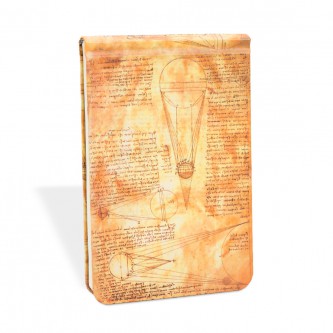
Reading this, you may recognise aspects of yourself in more than one category. Despite Carl Jung’s continued influence on the field of psychology, the idea that an entire world of people can be divided into just a few distinct categories is rather reductionist and should be read with caution. What’s most important is to create art that feels natural and authentic for yourself, and don’t worry too much about which type of artist you think you are, or think you should be. At most, these categories should serve as fun little insights that may, or may not, fit your own self-view.

